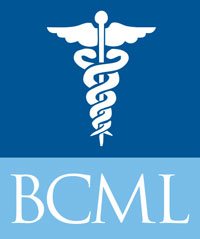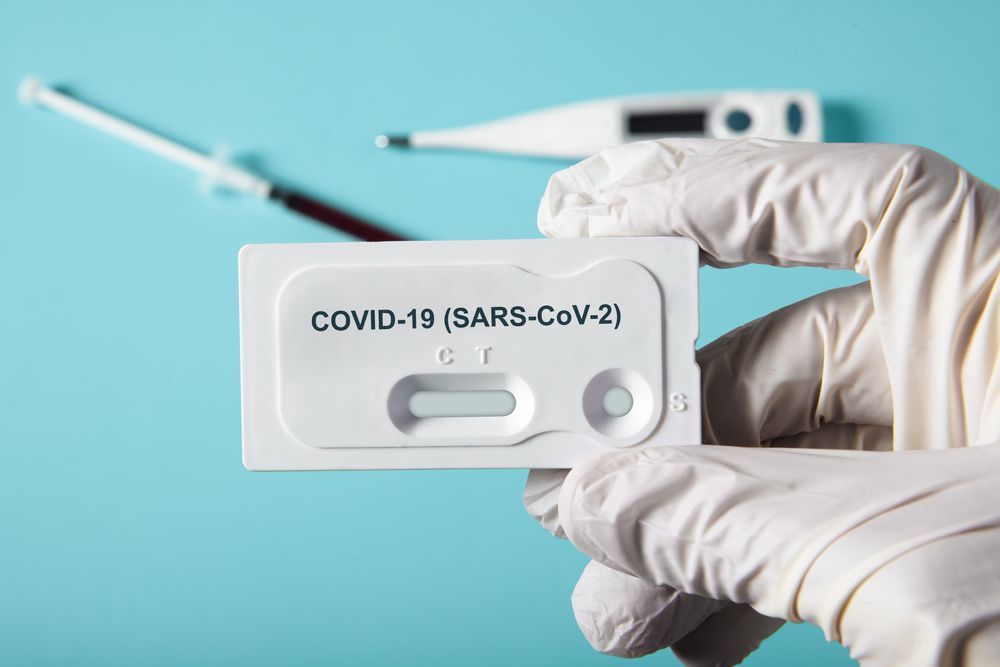Just under 5 months ago, in January of this year, the first case of COVID-19 was reported in Canada. While this may feel like a lifetime ago, there are still things we do not know about this disease that has changed the way people live and work across the globe. We are still learning about the disease and projections are still being made about vaccines and a possible spike in cases later in the year.
Here we will look at the most recent information about COVID-19, and answer the question: what is the COVID-19 Pandemic disease?
Where Does the Term COVID-19 Disease Come From?
COVID-19 is an abbreviated form of coronavirus disease 2019. A coronavirus is one of a family of viruses that are named after the latin word “corona” which means crown. This is due to the way the cells of each virus looks as though it has a crown of protrusions covering it.
All coronaviruses are associated with respiratory illnesses which includes SARS (Severe Acute Respiratory Syndrome). Most coronaviruses will produce relatively mild symptoms similar to the common cold but some, like the one that causes COVID-19, can cause much greater problems.
This can start to get confusing as we will often hear people using coronavirus and COVID-19 interchangeably. However, coronavirus is a term used for many different viruses while COVID-19 disease is specific to the current pandemic and is “novel.” Novel, in this context, meaning that it is new and this is the first time it has been found in humans.
To help clarify, let’s look at some key terms to know:
Zoonotic Transmission
As we’ve discussed, coronaviruses are quite common and most only cause mild symptoms. However, when a coronavirus makes the jump from an infected animal to a human, we can get a much worse disease. Currently, it is not yet conclusive exactly how COVID-19 made the jump from animals to humans.
SARS-CoV-2
This is the abbreviated form of “Severe Acute Respiratory Syndrome Coronavirus 2.” It is also the name of the virus that causes the COVID-19 disease. It is related to SARS-CoV which most of us are familiar with as simply SARS, a virus that also caused thousands of deaths between 2002 and 2004. The viruses have similarities but are not exactly the same. SARS has not had any known cases since 2004 and there is no treatment.
Disease Vs Virus
It is not uncommon to name a disease differently than the virus that causes it. For example, HIV is the virus while AIDS is the disease. The World Health Organization had, in part, refrained from using SARS-CoV-2 to reference COVID in official communication because the connection to the earlier SARS would have caused more panic. Ultimately, in relation to a virus, a disease is the result of the virus. It’s the blanket term used to reference all the symptoms associated with contracting the disease.
Incubation
This refers to the time it takes to show symptoms after a person has been exposed to the virus. It is not yet clear when a person will become contagious – during incubation or only once symptoms appear.
Asymptomatic
When someone carries a virus but does not show symptoms, they are asymptomatic. While an asymptomatic person may be able to spread the disease, it is not yet known how common this occurrence is.
Pandemic Vs Epidemic
It can seem that these two terms are used interchangeably but there is a distinct difference. An epidemic is the spread of a disease within a certain country or community. It may be widespread but it is still within one region or group of people. A pandemic, however, is the spread of a disease to multiple countries.
Why is COVID-19 Classified as a Pandemic?
COVID-19 has currently been found in 213 countries and on six continents. Only Antarctica has been spared from the disease thus far. By our definition of a pandemic, COVID-19 easily fits the requirements.
Why is SARS-CoV-2 Worse than Other Coronaviruses?
One of the reasons SARS-CoV-2 is more problematic than other coronaviruses is because it has a longer incubation period. Those with the virus will not know they have it and may still be able to pass it on to others. For example, the flu’s incubation period is typically around 1 to 4 days, while COVID’s could be up to 14. This leaves more time for COVID-19 to spread to others.
SARS-CoV-2 seems to also be easier to transmit than its predecessor, SARS-CoV. It is not certain why this is so, but a working theory is that those with the virus are able to transmit it to others earlier on. While SARS was more contagious as a person reached the peak of their symptoms, SARS-CoV-2 seems to spread when symptoms are mild or not even present.
Another reason this virus has become more deadly is because it is likely more contagious than other coronaviruses. This is because the virus is novel or new to humans. It passed from one or more animals until it was passed along to us and we do not have any built up defenses against it.
How is COVID-19 Different from the Flu?
While some people would like to believe that COVID-19 or SARS-CoV-2 is similar to the flu, there are actually far more differences than similarities. First of all, they are caused by different viruses and the flu is not a coronavirus.
More to the point, the flu is something that we have dealt with for decades and understand how to treat it and how it behaves. COVID-19 is a different story. The flu is seasonal and knowing this helps us prepare while COVID-19 could spike in the fall or it may not. We also have vaccines in place for multiple strains of flu and we have more built up resistance to it.
Currently, COVID-19 has also proven to lead to more fatalities. If you have seen estimates of fatal complications in the 1% to 2% range, it can seem that anxiety over the virus is blown out of proportion. However, consider the fact that this rate would mean 1 to 2 people out of a hundred could die from the disease. Additionally, if we look at the flu, only 0.10% of cases end in death which further highlights how thinking the two are the same could lead to even greater complications.
Symptoms of COVID-19 and When to Seek Medical Help
Like so many other factors related to COVID-19, symptoms are not 100% clear. Currently, the most common symptoms include fever, cough and difficulty breathing. Depending on the severity of your symptoms, you may be better off treating the illness at home unless you are having trouble breathing.
If this occurs, you should contact your doctor before going into the office. Your doctor can advise you on the best and safest way to seek medical attention without risking yourself or spreading the disease further. It is important as well to continue to monitor your health to ensure symptoms are not worsening.
BCML is Here for You
If you are experiencing symptoms you believe could be related to COVID-19, we encourage you to call BCML at 416-929-1900 to speak with an expert. Our knowledgeable medical team will guide you to the best care and solutions. We are also offering telehealth appointments for other medical conditions to further ensure safe social distancing and avoiding unnecessary trips.





